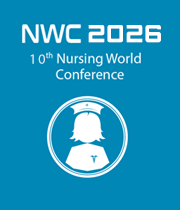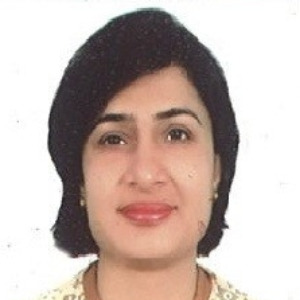Title : A study of surveillance of hospital acquired infections in geriatric population admitted in ICU
Abstract:
Introduction: The lack of knowledge regarding appropriate infection prevention in ICU has contributed to substantial rates of HAI in this arena, which effect the prolonged ICU stay.
Aims & Objectives: To observe various HAI and their impact on geriatric population with regards to ICU stay.
Methodology: Retrospective review of the elderly inpatients more than 65yr of age with or without HAI at Geriatrics facility over 9months.
Results: Total 379 patients admitted in ICU were analysed. The study states, male’s patients 60.2% (228), females’ number was 39.8% (151). Direct admissions were 61.5% where as 38.5% were up triaged. In the graph of age distribution, the max. admission was btw the age 65-75yrs (51.18%),75-85yrs were (38.2%) and > 85yrs were 26.38%. the min. ICU stay was 7.2hrs, whereas the max. stay was 1896hrs (79days). Total 69 episodes of HAI were noticed for patients with devices (CVC, foleys, ventilator). Among the 69 episodes, Klebsiella pneumoniae (21) Acinetobacter Baumanii (15) Enterococcus Faecium (12) E. Coli (10) Pseudomonas Aeruginosa (9) others 2 cases. The max. HAI were in age of 65-75yrs (53.6%) and min. were in >85yrs (5.9%) and for 75-85yrs (40.5%). HAI compared to ICU stay the p value of p<0. 001.The death rates for patients with HAI episodes were 60.34% and patients without exposure to any HAI were 41.74%.
Conclusion: The elderly population is increasing exponentially and healthcare-associated infections along with external devices effects their outcome.



